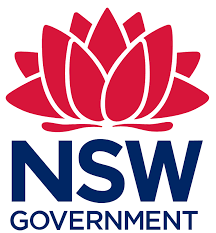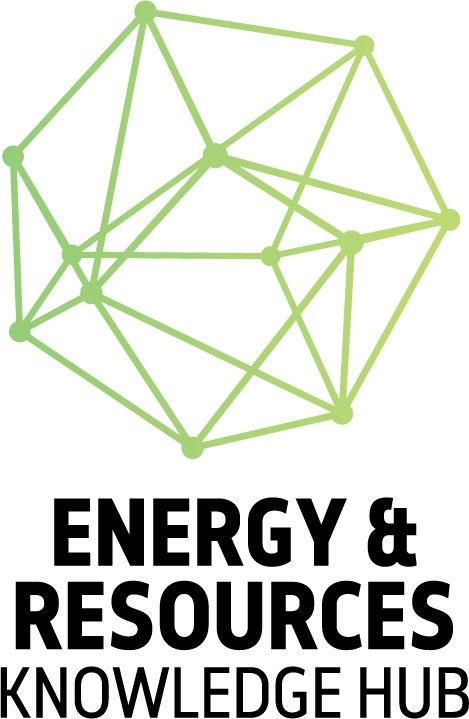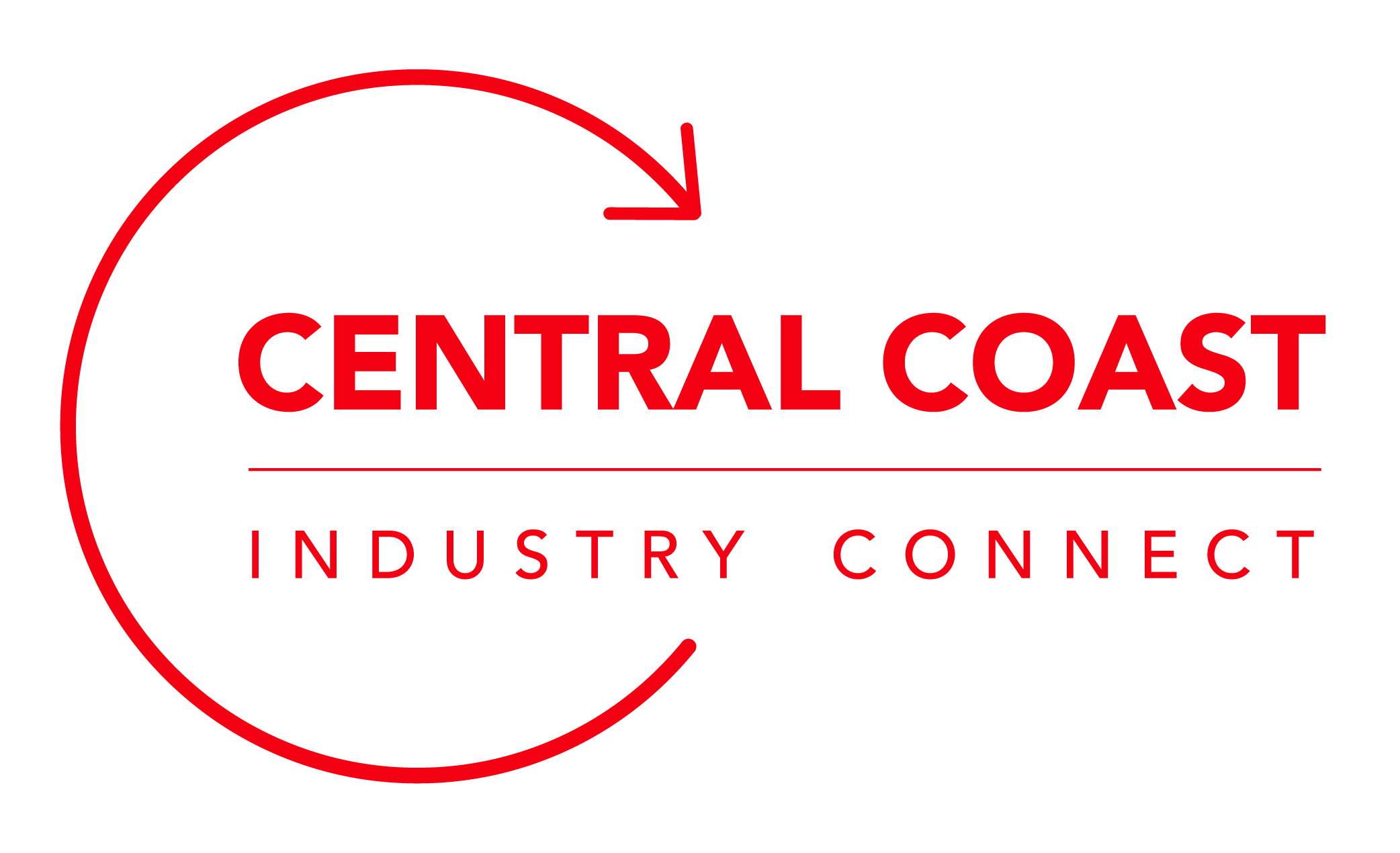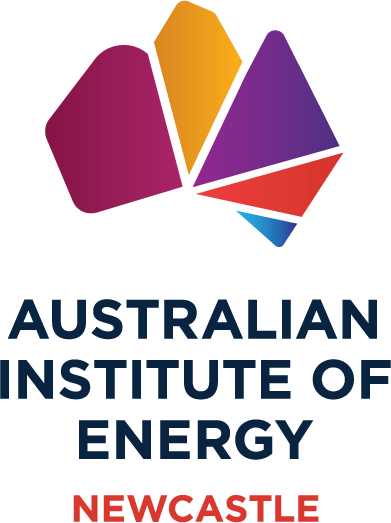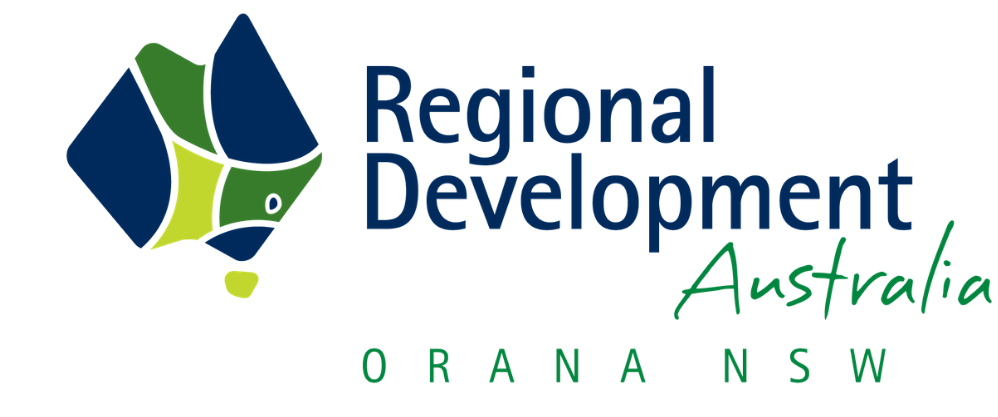Report posits hydrogen as crucial to Australia's green iron future
A new CEF report has found that without immediate action to decarbonise the Pilbara - and harness hydrogen - Australia risks losing its place in the future green iron industry.
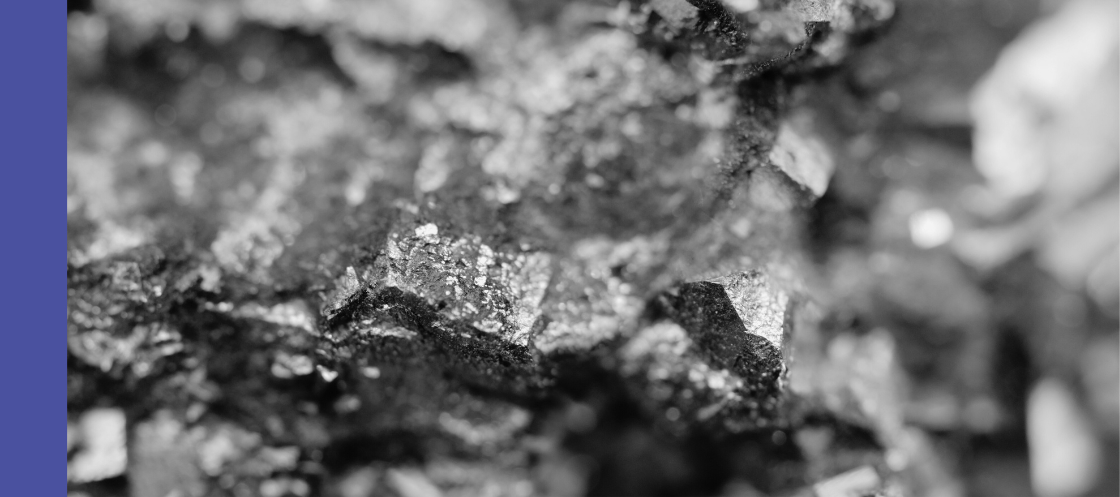
A new report from Climate Energy Finance (CEF) warns that failing to decarbonise and electrify Western Australia's Pilbara region could jeopardise Australia’s future in the green iron industry. The report, titled Superpowering-Up, highlights the critical role of hydrogen in transforming Australia’s iron ore exports into high-value green iron, positioning the country as a leader in the global renewable energy market.
According to the report, the Pilbara’s reliance on fossil fuels, including 2.4 billion litres of imported diesel each year, poses a significant risk as the world shifts towards decarbonisation. The solution proposed is a common-user electricity grid infrastructure (CUI) in the Pilbara, which would attract between $50 billion and $100 billion in investment for renewable energy, battery storage, and transmission projects. This would enable the region to process and add value to its critical minerals using zero-emissions power.
Former Chief Scientist Dr. Alan Finkel, who contributed a foreword to the report, expressed concern over Australia’s slow progress in renewable energy deployment. “The consequences of acting too slowly or inefficiently will be severe,” Finkel warned, adding that other countries are already positioning themselves to take advantage of low-cost, zero-emissions electricity for refining iron ore.
Joanna Kay, General Manager of Zero Carbon Hydrogen Australia at the Smart Energy Council, highlighted the potential of hydrogen in this transition. “Hydrogen represents a monumental opportunity for Australia, particularly in transforming our iron ore exports into high-value green iron, including in the Pilbara,” she said.
"We support the report's recommendation that the federal government provide strategic capital support for green hydrogen-based metals refining in the region through programs such as Hydrogen Headstart."
"By leveraging our abundant renewable energy resources, we can lead the global market in green hydrogen production, enhancing our export economy while contributing significantly to global decarbonisation efforts," Kay continued.
"This strategic move not only solidifies Australia's position as a renewable energy superpower but also ensures a robust and prosperous economic future."
The report recommends that the Federal and Western Australian governments collaborate with industry to accelerate the deployment of firmed renewables in the Pilbara. It also calls for public investment to catalyse private capital, streamlined approval processes, and a focus on First Nations equity participation in energy projects.
“Failure to embrace these measures risks positioning Australia as a laggard in the global race to decarbonise, potentially missing out on crucial strategic export opportunities,” said Marilyne Crestias, Interim CEO of the Clean Energy Investor Group.




